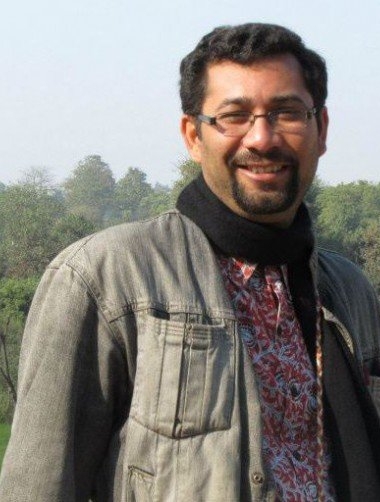
We met up with Avinash Krishnamurthy, Director and Project manager at Biome Environmental in order to learn more about water use patterns in Bangalore.
Our first topic of discussion was reverse osmosis (RO) systems in the city. The method often requires a large initial investment and a significant recurring cost. Also, any system is bound to involve some amount of water waste. This treatment’s popularity in spite of its significant drawbacks has been an ongoing point of inquiry for the team.
He explained that efficacy is the main factor of allure for those who chose this method. Most ultrafiltration membranes found in gravity filters are not effective in addressing the higher concentrations of total dissolved solids (TDS) and nitrates often found in ground water. RO systems are, and that’s why many are willing to pay more to use them.
In order to decrease the upfront cost to the end consumer, several branches of the local government have been installing RO-based water ATMs in many of Bangalore’s lower-income communities. These systems usually charge between ₹2 and ₹5 to fill a typical, 20 liter container. That is, an end beneficiary of one of these machines could pay as low as ₹0.1 per liter. There is currently a government push to install an additional 1000 machines throughout the city, with at least one in each of its 198 wards. Water Health International, a private organization, has also been supplementing these installations with RO/UV plants of their own.
Avinash explained that many of these pay-per-use RO systems don’t fare well in rural areas, where a reduced demand renders them financially unsustainable. However, they are able to generate enough revenue to cover operating costs in the more densely-populated urban communities. Such installments are designed to function for up to 5 years.
The conversation then turned to Pure Paani’s fit into this market, at which point we were strongly encouraged to reconsider the value proposition we intend to offer our customers. The end consumer of a Pure Paani system would have to:
- provide the water
- pay more per total volume provided
- accept a lower efficacy of filtration than that of an RO-based water ATM.
To put it frankly, our solution is significantly inferior to the government’s. He encouraged us to carry out this re-assessment by visiting some of these installations and collecting the following information from customers:
- What are the peak times of use?
- Are there any gaps in availability or effectiveness?
- Is there opportunity to fill these gaps by implementing a sustainable business model?
Avinash encouraged us to connect with low-income areas in many different ways. The Karnataka Slum Development Board has an effort to “regularize” slums by relocating them to low-income housing developments, called BBMP Ashraya housing. This board should have better information of which communities are involved in this process. Other organizations like Hasirudala and Pollinate already have connections to many of the undocumented settlements that develop near construction sites. Finally, we should explore the lower-income communities that establish near lake shores as they are especially prone to water contamination illnesses.
Finally, we need to spend more time determining whether out solution is economically feasible for the microentreprenuer. We can assess this with the following questions:
- What benefit will they gain?
- How much effort must they exert?
- What is the risk they take on by using this device?
- What activities would they take on when not using our device?
While this meeting was helpful, it also prepared us for a potential pivot in our near future. We’re almost guaranteed to have several serious changes before we develop a system that is both sustainable and effective.
Key Data
- Cost to use water ATM – between ₹2 and ₹10 per 20 liters
- Additional water ATMs to be installed – 1000
- Minimum water ATM per ward ratio – one installation per ward
- Quantity of wards in Bangalore – 198
- Typical lifespan of a water ATM – 5 years

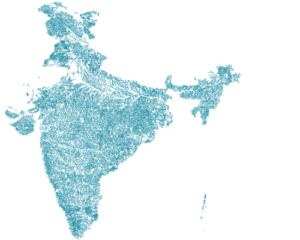
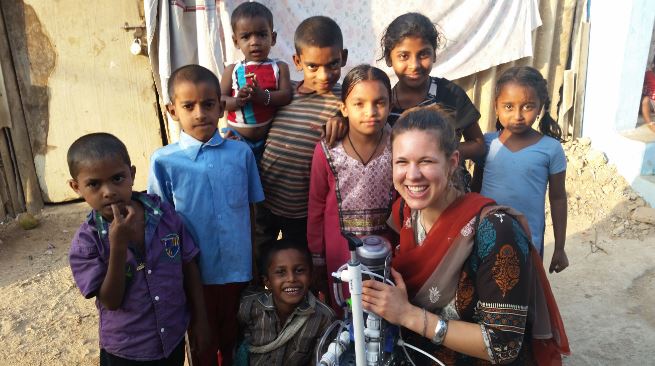
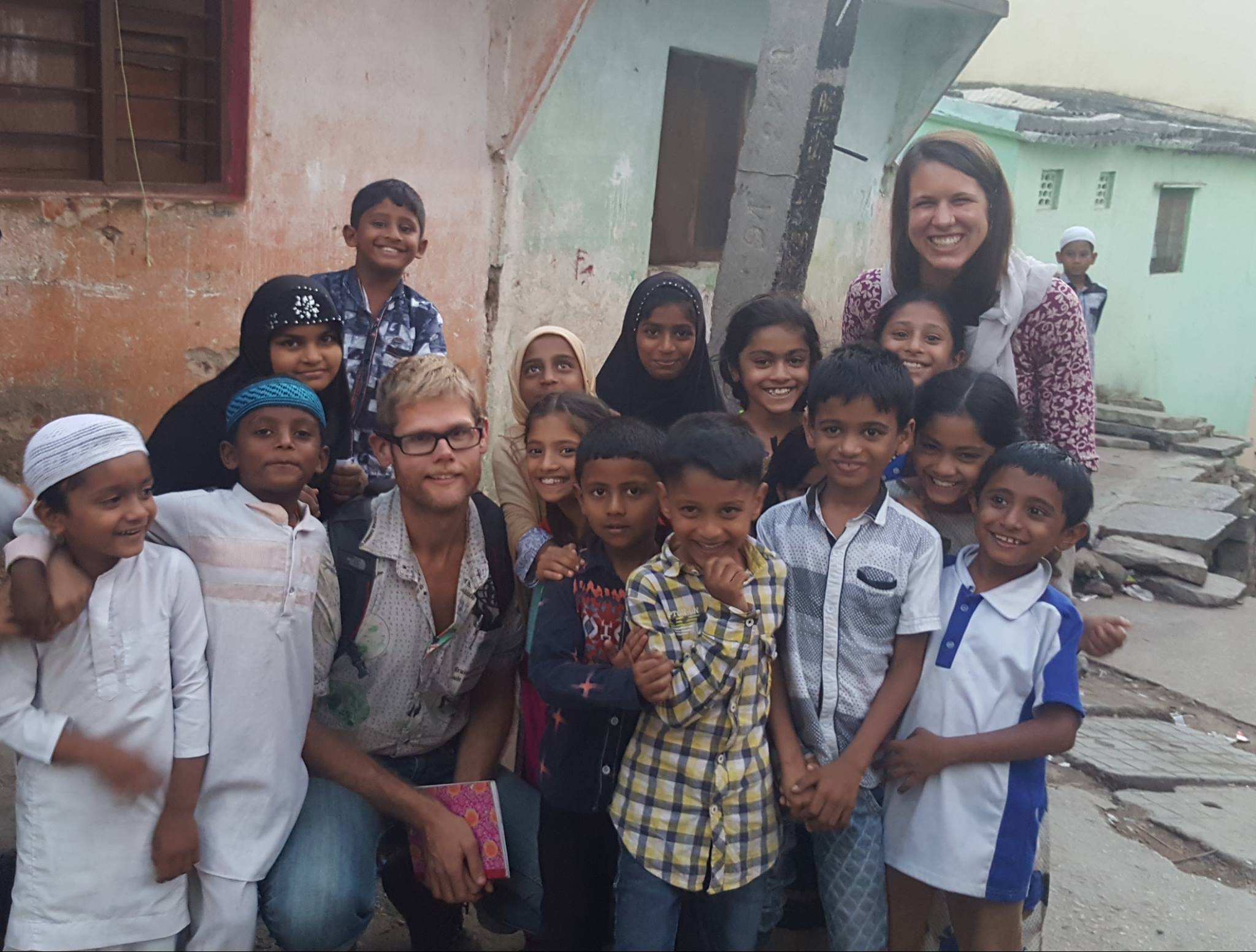
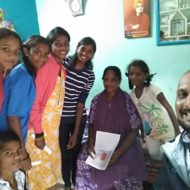
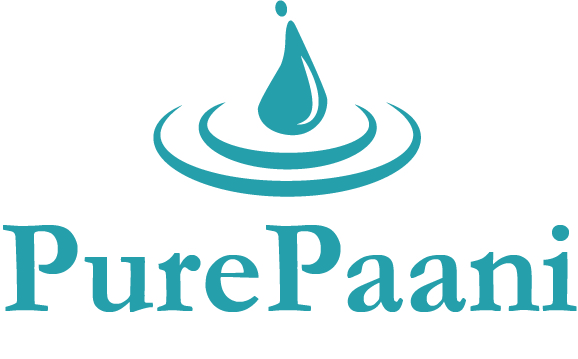
Recent Comments